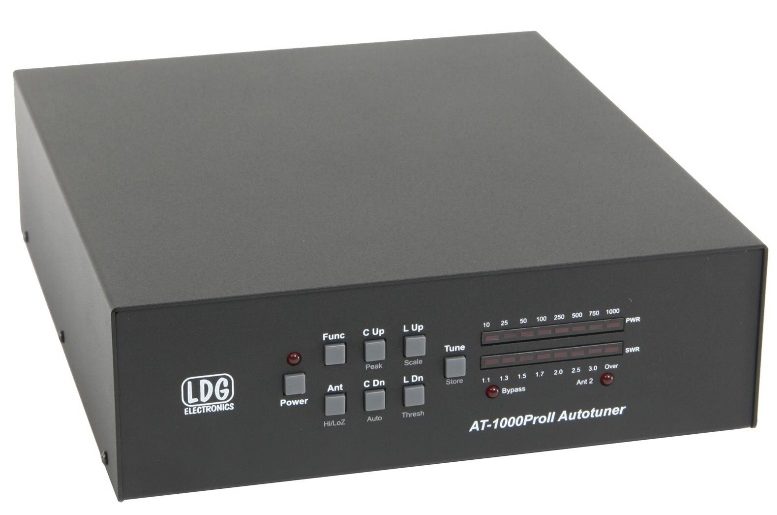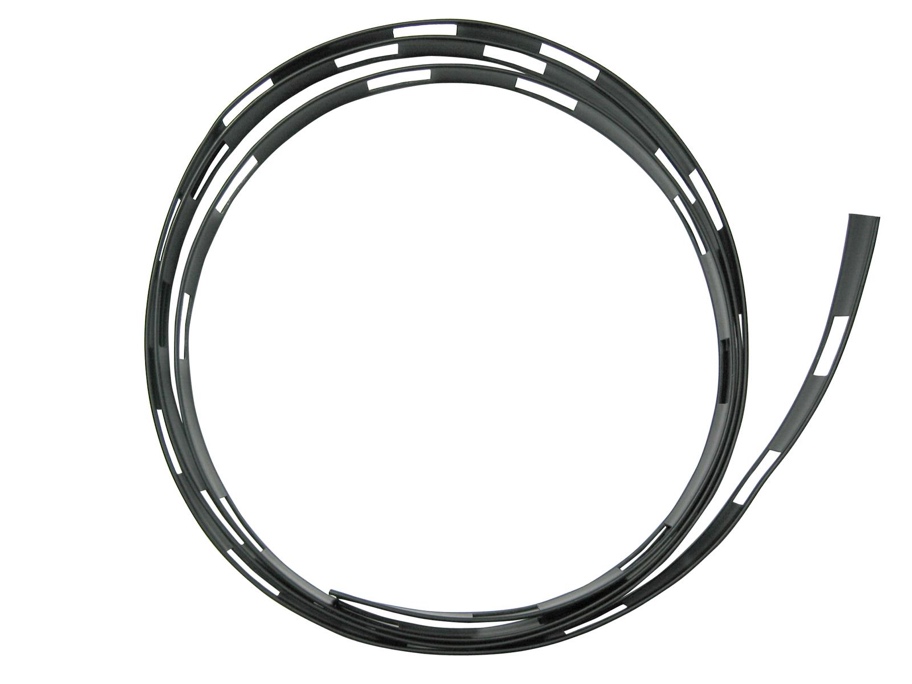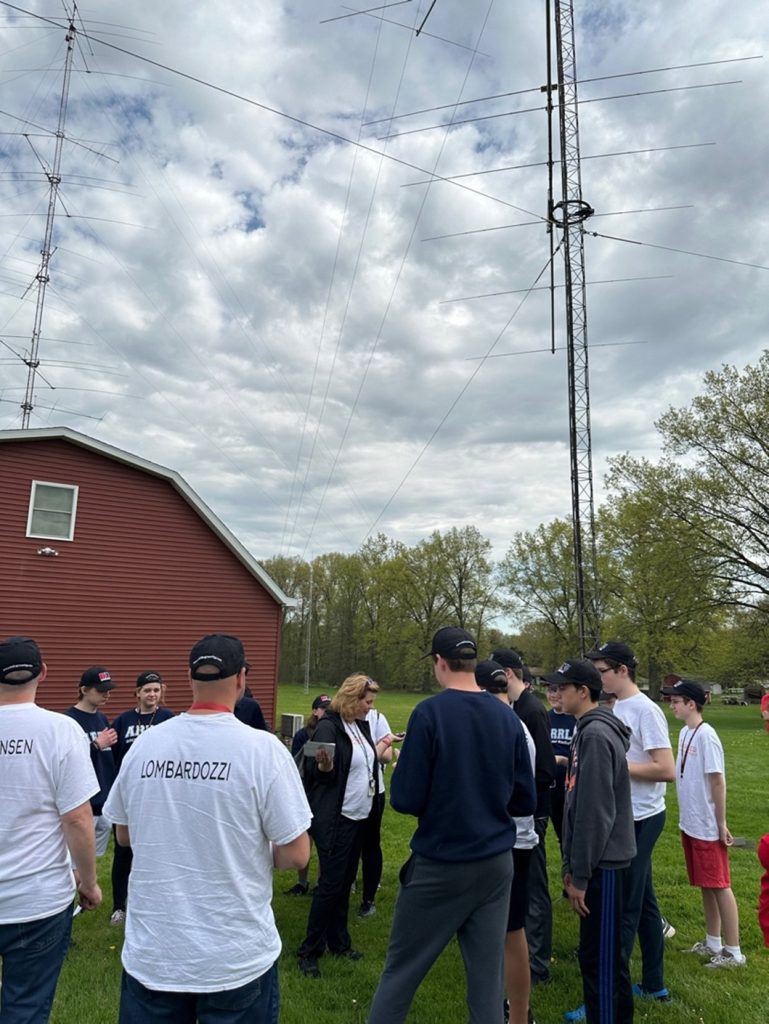Editor’s note: OnAllBands is pleased to post a series of articles written by accomplished amateur radio contester and DX Engineering customer/technical support specialist Kirk Pickering, K4RO. The articles, originally published in the National Contest Journal and updated with current information, offer valuable insights for both contesters new and old.
***
Our first three columns focused mainly on operating technique—and for good reason. While it certainly takes hardware to do well in contesting, the operator is the most important part of the equation, period. That said, we do need stations from which to play our sport, so this installment will talk about building a contest station.
Literally thousands of books are available covering everything from antenna modeling to receiver design theory. This complex sea of knowledge (and myth) can overwhelm the newcomer. One great thing about contesting is that it serves as a proving ground to test our theories and techniques.
I first heard the phrase, “The contest station is never done” from AA4NU, who repeated it to me many times.
This has meant different things to me over the years, but I believe it boils down to two things: being patient and acknowledging that there’s always room for improvement. Patience is a peculiar thing in contesting. To most observers, contesting probably appears to be a rather impatient (if not frenetic) activity. On the other hand, those who excel at contesting seem to have quite a bit of patience. While there have been some “overnight wonders” in the history of contesting, they are the exception. This applies both to station building and to operator development. The deepest enthusiasm seems to come from a sustained sense of commitment, with lots of patience and willingness to learn from one’s mistakes.
Don’t get me wrong. Enthusiasm is the juice that drives contesting. If you’ve got it, go with the flow. Just don’t expect miracles overnight simply because you built something larger than your competition. With this in mind, let’s discuss some practical contest station design ideas.
Many beginning contesters probably just start using the equipment they have at hand. Over time, they add or modify components as they learn what works and what doesn’t. Let’s start with a real-world situation. Hopefully some of the ideas presented will apply to contest stations at all levels of development. Here’s a question I received a while back:
“I am new to the HF bands and want to get into contesting. I am currently using a dipole with a Kenwood TS-2000 (no longer in production). The Kenwood has a built-in antenna tuner that is doing a decent job. I have purchased a new directional antenna and want to add a separate antenna tuner to my shack. With an interest in contesting I have looked at several MFJ antenna tuners including the basic MFJ-941E, the MFJ-969 with the roller inductor, and the MFJ-929 auto tuner (no longer in production). I have not yet investigated tuners from other manufacturers.
“To narrow down my search I wanted to get your input. Obviously, I want to tune my antennas to the lowest SWR, but in the heat of a contest how do you handle antenna tuning? Would an automatic antenna tuner be the best option or would the tuner with the roller inductor with its more precise tuning be the way to go? Perhaps with the antennas set to the best SWR readings I won’t need to tune them excessively and the basic MFJ-941E would suffice. Maybe the built-in antenna tuner in the TS-2000 is good enough. Any help or recommendations would be greatly appreciated.”
Efficiency, Flexibility, Reliability
If my only antenna was a lone dipole and I wanted fast-QSY operation for contesting, I would put up the longest and highest dipole I could fit on the property and center feed it with balanced feedline, sometimes called “ladder line.” The 450-ohm “window line” works well, particularly the heavier gauge variety with stranded conductors. Near the point where the ladder line reaches the house, I would place a very good quality 4:1 balun. I would then run some good-quality coax (RG-213) from the balun’s input to the radio or to a wide-range automatic antenna tuner.


The questioner did not mention what type of directional antenna they were planning to install, but they will want the ability to quickly switch between it and the dipole. An automatic tuner with memories that recall frequently-used band segments would be more useful for contest operation. Depending on the length of the antenna and the feedline, you may not need a separate tuner for some bands.
Typical HF radio internal antenna tuners are only designed to match loads from 16 to 150 ohms—roughly a 3:1 SWR range—and may not provide a usable match on all band segments. A wide-range auto-tuner would assure all-band operation. Note that an exact 1:1 match is not necessary. Usually an SWR of 2:1 or lower will be fine, as long as your radio is still putting out full power. Most solid-state transceivers have circuitry to lower the power output as the SWR increases.
A contest station has different requirements than a typical general-purpose ham station. Contest operating usually involves a lot more frequency changing and band shifting than typical rag-chewing or DXing does. We often need to select from a variety of antennas for a given QSO. Contest operating demands increased efficiency, flexibility and reliability, however. We can gain efficiency many ways. Since it all comes down to “us against the clock,” anything that saves time can increase efficiency. An elementary example is the antenna switch.
For example, let’s say we have two antennas—a dipole and a vertical. We could switch antennas by changing the connectors on the back of the radio. The addition of an antenna switch allows us to change antennas much more quickly, thus saving precious time. It also gives us an alternative. Another example is to document and post typical settings for the antenna tuner or amplifier. Having cards listing presets for each band makes it possible to QSY much more expediently.
Our questioner has already learned the real secret to station improvement. He’s adding more antennas to his station. Don’t forget the antenna switch. Whether it’s built into the radio, built into an external antenna tuner or on an external relay bank, it needs to be flexible and easy to use.
Another tip regarding antenna switches and station building in general: Always try to think ahead. My advice is to double the number of antenna selection ports you think you’ll ever need. Nothing adds more capability like more antennas, and those extra ports will come in handy as you install additional antennas. The ultimate solution is to have antennas (or “antenna systems”) that are capable of getting the job done on every desired frequency in every desired direction and wave angle.
Unfortunately, such a scenario is unrealistic for many contesters.

Over the years, I have tried to put up resonant antennas for each contest band, and I eventually eliminated antenna tuners from the shack. The only antenna matching devices I currently use are located at the antenna feedpoints.
Don’t forget to look at the efficiency and reliability of your antenna system. Paying attention to the quality and condition of your antenna feedlines and connectors can pay big dividends. No matter what type of antenna you’ve got in the air, you don’t want to waste power. Take a close look at your antenna connectors.
If you don’t know—or aren’t sure—how to properly attach a PL-259, spend some time learning how from the various online tutorials. Better yet, find someone who really knows how it’s done and ask for a demonstration. Crimping options also are available for a variety of cables.
Remember, our antenna systems are capturing microvolts of RF energy. We need to do everything possible to make sure as much of that energy as possible finds its way into our receivers.
Comfortable Contesting
Another way to gain efficiency is through attention to ergonomics. If your radios or other frequently used devices are difficult to reach or hard to read, you will spend precious energy reaching, squinting or otherwise struggling. A few stalwarts still log on paper, but these days almost everyone operates contests with some kind of computer logging program.
Like it or not, most of your visual attention will be on the logging program and/or keyboard during a contest, so the computer display really should be front and center. Don’t place the monitor so high that you have to strain your neck to read it. Study some of the materials dealing with ergonomics and pay attention to your body. The “right” operating chair can make a world of difference to your contesting experience as well.
***
Your questions or comments are always welcome, whether you’re a newcomer or an old-timer. Contact me via e-mail, k4ro@k4ro.net.

